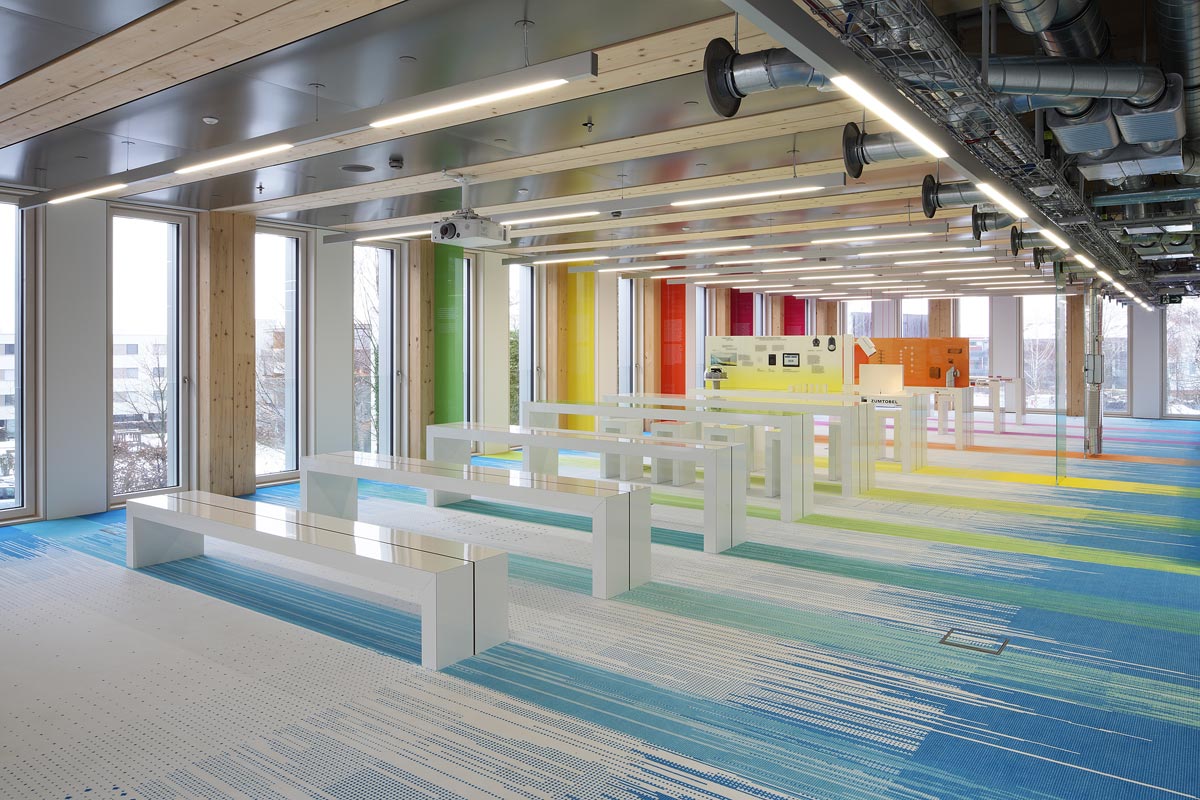Today more than 50 % of the world‘s population lives in cities with more than a million inhabitants, and the proportion is increasing. The building sector is among the most energy-intensive fields worldwide: buildings account for 40 % of total energy and resource consumption, are responsible for 60 % of transport worldwide and produce 40 % of total waste and CO2 emissions.
An EU directive adopted in 2010 on the energy performance of buildings prescribes nearly zero-energy buildings as the standard across the EU. The new directive stipulates that from 2020 onward only nearly zero-energy buildings may be erected, with very high overall energy efficiency and needing very little energy for heating, hot water, ventilation and cooling. In the case of new administration buildings the rules apply even earlier, from 2019 onward. Minimum standards for calculating overall energy efficiency are to apply throughout the EU. These buildings‘ extremely low energy consumption is to be covered by renewable sources of energy, if possible from the region in question. In future the same requirements will also apply to major renovations (involving more than 25 % of the building envelope).
Austria plays a leading role in the field of sustainable building. For many years now, with support from the Ministry of Transport, Innovation and Technology (BMVIT) and the Climate and Energy Fund, and as part of focussed research programmes (e.g. Building of Tomorrow, New Energy 2020), innovative building designs and technologies have been developed and tested in practical demonstration projects. Several technologies and products have already reached the industrial production stage and been marketed internationally.
These days current strategies are aimed at creating the technological foundations for energy surplus buildings which generate more energy over a full year than they consume. For this to work and for these strategies to catch on, implementation must be cost-effective. Prefabricating components and building elements on an industrial scale plays an important part here.
Sustainable construction designs are especially relevant in an urban environment: work on strategies for the city of tomorrow, a “Smart City”, has been in progress in Austria for years. In cities of the future new technologies in the fields of energy, transport, building and environment should be coupled together.
Share